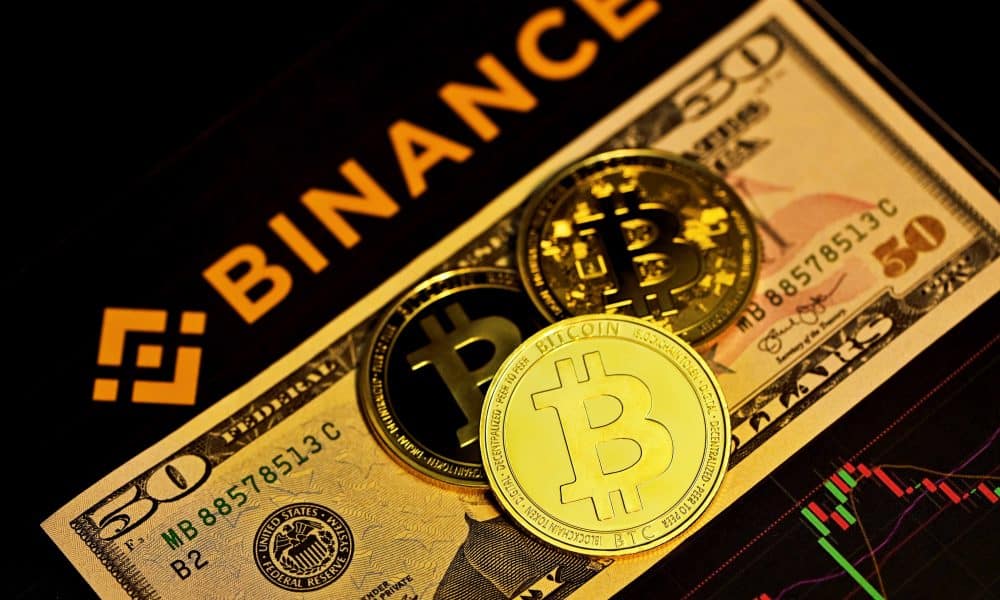Tesla’s Gigafactory located outside of Berlin will be the first manufacturing location in Europe.
The transition to electric vehicles (EVs) is occurring apace; sales in Europe are accelerating thanks to early adopter enthusiasm and government subsidies – given the shift in government and EU-wide cleaner energy initiatives. According to Schmidt Automotive, battery electric vehicle (BEV) sales will reach a market share of 60% in Western Europe by 2030, or 8.4 million vehicles – a paradigm shift on the continent where the internal combustion engine (ICE) was invented over 160 years ago.
More than 50 countries in Europe have pledged to phase out fossil fuel vehicles by 2050. Among them, Norway holds the most ambitious target, to achieve a 100% electric vehicle share of new passenger vehicles and light-duty van sales by 2025. But as these countries undergo their rapid energy transitions, they must also be mindful of the political fallout and economic realities of rising energy prices.
France in 2019 suffered from the violent ‘gilet jaune’ (yellow jackets) political protest, and just this last weekend, Kazakhstan suffered from an eruption of political protests that were catalyzed by the removal of a price cap on liquified petroleum gas (LPG). Germany’s notorious Energiewende – the national push for economy-wide decarbonization – has resulted in a spike in dirty coal consumption and rising energy imports. Record-high energy prices still plague Europe as natural gas shortages, and low renewable output persists across the continent.
Tesla
Tesla has the largest market share of EVs in Europe. According to estimates, the gigafactory will be able to produce 10,000 cars per week, or 520,000 cars per year. The development represents another boost to European energy security and another feather in the cap of Elon Musk, who is taking global EV markets by storm.
But Tesla isn’t the only competition in town. Volkswagen is set to surpass Tesla for EV production. The German automaker is expected to pass Tesla in 2024. It plans to cut the cost of batteries and increase efficiency by using its own battery cell production plants in Europe. While other European companies like Stellantis and BMW are expected to increase the number of vehicles sold rapidly, neither will come close to rivaling Tesla.
Mercedes-Benz maker Daimler AG also plans to compete with Musk through a strategy to invest more than 40 billion euros in EV technology by 2030. From 2025, all new vehicle platforms will only make EVs, the German multinational stated. The shift will see an 80% decrease in combustion engines and hybrid technology investments from 2019 to 2026.
Volkswagen ID.3 electric cars stand in the storage tower following assembly at the “Gläserne … Manufaktur” (“Glass Manufactory”) production facility on June 08, 2021 in Dresden, Germany. (Photo by Sean Gallup/Getty Images)
But can Europe’s grid handle the proliferation of EV’s which Tesla, Volkswagen, Mercedes-Benz, and others promise to bring? Amidst an energy crisis that caused EU nations to burn more coal and fuel oil to offset solar and wind power underperformance, electricity and gas prices have skyrocketed. European day-ahead prices for electricity have increased to as much as 94 Euros per megawatt-hour. Throughout 2021, wholesale gas prices rose by more than 400%. Gigafactory and other EV production, though marketed as sustainable and efficient, will undoubtedly require significant amounts of electricity to fuel manufacturing and EV operations, straining an already tight market.
That’s not all Tesla and other EV manufacturers will have to contend with. Access to critical and rare earth elements (REE) has become increasingly tricky, given the strain on supply chains by the COVID-19 pandemic. This has affected access to several raw and finished products, including semiconductors, a vital component of EV production.
Perhaps the most significant threat to Tesla’s success in Europe and the indigenous European EV market overall is China; Chinese companies have shown their ability to outproduce competitors at lower prices time and again throughout the energy transition. This has been demonstrated on numerous occasions, perhaps most blatantly by China’s solar panel dumping, which drove the cost of global PV cells down so dramatically that the U.S. manufacturers took action through the U.S. Department of Commerce. The U.S. attempted to safeguard the American solar industry by imposing tariffs and quotas in 2018. China brought a case to the WTO against the U.S. over these measures; however, it rejected China’s claims and backed the U.S (though to little effect thus far).
Chinese companies are looking to Europe to replicate their success in mainland China. EV sales in China almost tripled in 2021. With large companies, including SAIC-GM-Wuling, BYD, and Li Motors selling an increasing number of vehicles. Such companies are beginning to expand and dominate production and marketing within their region.
Workers inspect a Wuling Hongguang Mini EV, an all-electric microcar manufactured by SAIC-GM-Wuling, … at a plant of the joint automaker in Qingdao in east Chinas Shandong province Tuesday, Nov. 30, 2021. (Photo credit should read YU FANGPING/Future Publishing via Getty Images)
While the average price of a hatchback manufactured by Lizou was marked at just $4,400, starting prices for the average Tesla begin at $45,000. Despite government subsidies and tax incentives, the price for a Tesla remains steep, opening the door for further international competition. Though Tesla could deliver up to 1.5 million cars in 2022 to Europe once production begins at Giga Texas and Giga Berlin, prices will likely remain significantly higher than those of Chinese competitors.
In Germany, Tesla’s Gigafactory portends an ever-accelerating decoupling of hydrocarbons from the European economy. But this shift is not without its risks and challenges. A more robust EV market is, of course, a good thing for European energy security; despite the potential competition from Chinese EV companies, a broader EV market in Europe could decrease dependence on unsavory hydrocarbon exporters like Saudi Arabia and Russia. However, if Europe cannot address its energy crisis by boosting baseload electricity production, EV manufacturers will be at a disadvantage expanding sales and cutting CO2 emissions on the Old Continent.
With assistance from Riley Moeder
Note: This article have been indexed to our site. We do not claim legitimacy, ownership or copyright of any of the content above. To see the article at original source Click Here













